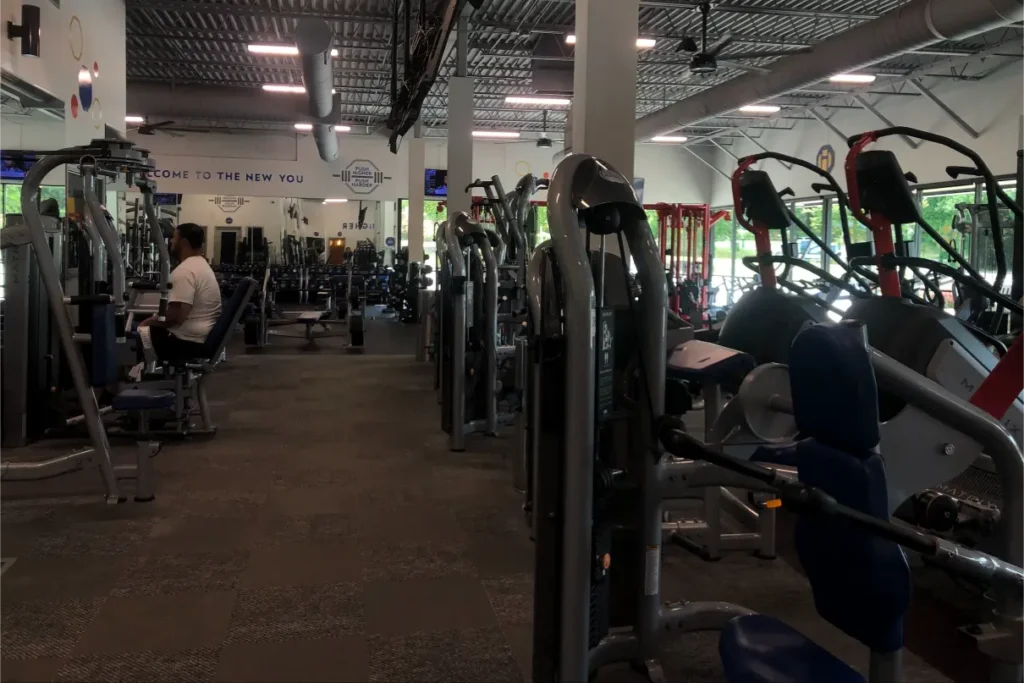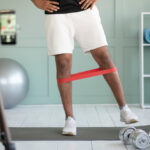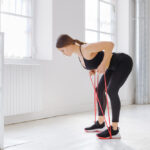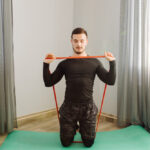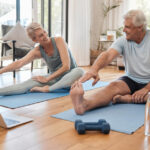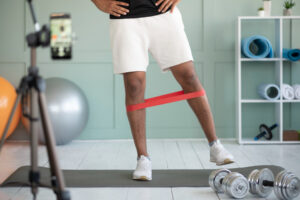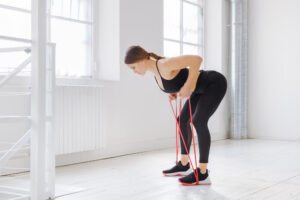As we age, maintaining an active lifestyle becomes crucial not only for physical health but also for mental well-being and independence. Calisthenics, a form of exercise that primarily uses body weight for resistance, offers an accessible and effective way for seniors to stay fit. This type of workout emphasizes natural movements that improve strength, flexibility, and balance without the need for specialized equipment. In this guide, we’ll explore how seniors can engage in calisthenics safely and enjoy the myriad benefits it brings.
Benefits of calisthenics for seniors
- Improves mobility: Regular calisthenics help increase range of motion and flexibility, reducing stiffness and pain.
- Enhances balance: Exercises such as standing leg raises and wall push-ups strengthen the core and lower body, crucial for preventing falls—a common concern among the elderly.
- Strengthens muscles: Unlike strenuous weightlifting, calisthenics uses natural body movements to strengthen muscles, which is safer and more sustainable for older adults.
- Boosts mental health: Physical activity has been shown to reduce symptoms of depression and anxiety. Calisthenics also increases blood flow to the brain, enhancing cognitive function.
The basics of calisthenics
Calisthenics involves a variety of movements that aim to improve body strength, flexibility, and endurance without the use of heavy equipment. Common exercises include push-ups, squats, and lunges, which can be modified to suit different fitness levels and abilities.
For seniors, the focus should be on low-impact, gentle movements with gradual progression. It’s important to prioritize technique over intensity to avoid injuries and ensure maximum benefit from each exercise.
Safe practices for seniors
Starting out safely
If you’re new to calisthenics, begin with the simplest forms of each exercise and gradually increase the difficulty as your strength and confidence grow. Always consult with a healthcare provider before starting any new exercise regimen.
Adjusting exercises to ability level
Listen to your body and modify exercises to match your current fitness level. For instance, if a standard squat is too challenging, start with sit-to-stand exercises using a chair.
Importance of warm-ups
Begin each session with a warm-up to prepare your muscles and joints for exercise and reduce the risk of injury. A simple walk or gentle stretching for 5-10 minutes can be sufficient.
Essential calisthenic exercises for seniors
Here are some essential exercises that are particularly beneficial for seniors:
- Chair squats: Stand in front of a chair with your feet shoulder-width apart. Slowly lower yourself until your bottom touches the chair, then stand back up. This exercise strengthens the thighs and buttocks while enhancing core stability.
- Wall push-ups: Face a wall, standing a little farther than arm’s length away. Place your palms flat against the wall and slowly bend your elbows to bring your chest towards the wall, then push back to the starting position. This variation is easier on the wrists and shoulders than floor push-ups.
- Step-ups: Use a sturdy, low step or platform. Step up with one foot, bring the other foot up, and then step down in reverse order. This exercise improves balance and leg strength.
- Leg raises: Sit on a chair and straighten one leg in front of you. Hold for a few seconds, then lower it without letting it touch the floor and repeat. Switch legs after a set. This helps strengthen leg muscles and improve circulation. Want more leg strength? Try these seated quadriceps exercises.
Advanced options for experienced seniors
For seniors who have been consistently exercising and want to challenge themselves further, the following advanced calisthenics exercises can be introduced:
- Modified pull-ups: Using a low bar in a standing position, lean back slightly and pull your chest towards the bar. This is less intense than a traditional pull-up but still strengthens the upper body.
- Planks: Start with modified planks on the knees, progressing to full planks if possible. Hold the plank position for several seconds, focusing on keeping the core tight and the body straight.
Creating a weekly routine
Developing a routine is key to making exercise a regular part of your life. Here’s a sample beginner routine for seniors:
- Monday: 30 minutes of walking and light stretching.
- Wednesday: Chair squats, wall push-ups, and leg raises (2 sets of 10 repetitions each).
- Friday: Step-ups and modified pull-ups (2 sets of 10 repetitions each).
- Weekend: Active rest with activities like gardening or a gentle walk.
If you need assistance with a workout plan, then get your 3-day free pass at HiTone Fitness South Congaree. You can connect with our personal trainers or even experience some of our interesting group classes that are senior-friendly.
Tips for staying motivated
Maintaining motivation can be challenging. Here are some tips to keep you inspired:
- Set achievable goals: Start with small, manageable goals and gradually increase the challenge.
- Track progress: Keep a log of your exercises and improvements. Seeing progress is a great motivator.
- Join groups: Participate in exercise groups or classes tailored for seniors. Social interaction can make exercising more enjoyable.
If this wasn’t motivation enough, you’ll be happy to learn that HiTone Fitness offers fantastic post-workout amenities. See how you can integrate sauna into your workout routine.
Final thoughts
Calisthenics is a versatile and accessible form of exercise that can significantly enhance the quality of life for seniors. By incorporating these exercises into a weekly routine and adhering to safety guidelines, seniors can enjoy improved physical strength, better balance, and enhanced mental health. Remember, it’s never too late to start exercising, and the simplest activities can lead to substantial improvements in your well-being. Stay active, stay motivated, and enjoy the journey to a healthier life!

